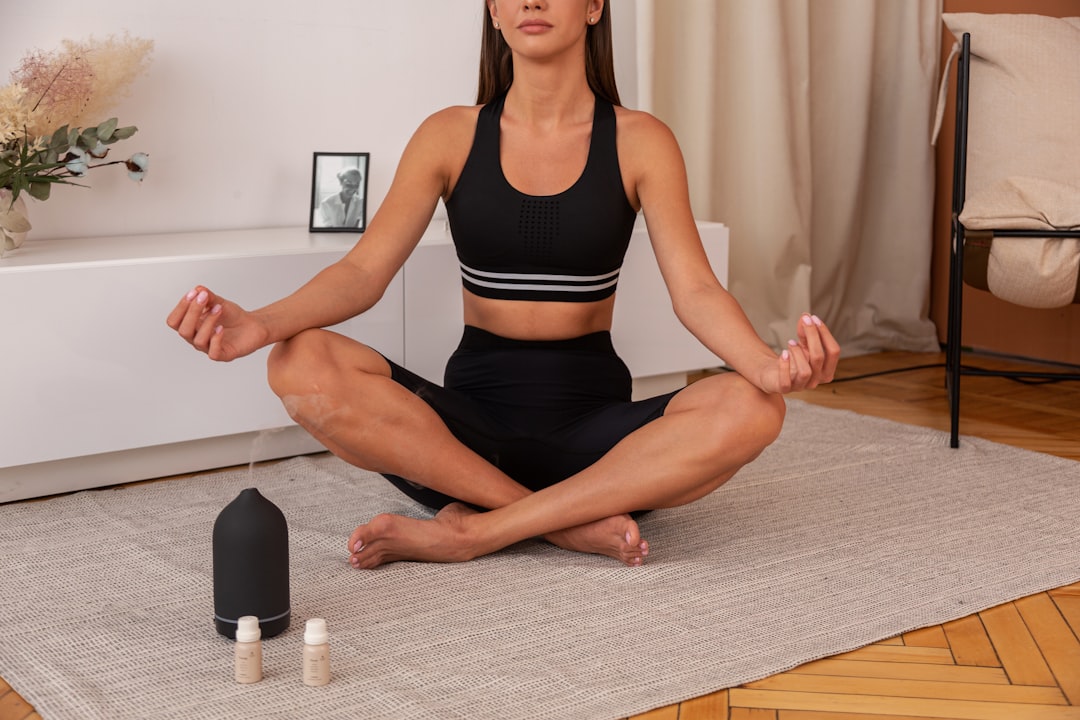Related
Essential Mindfulness Practices for Holistic Well-being
A comprehensive guide to understanding Essential Mindfulness Practices for Holistic Well-being and incorporating these practices into your daily...
Popular topics
03 min reading in—Mindfulness
Discover the transformative power of mindfulness with "Unlock Inner Peace: Mindfulness Techniques for Holistic Wellbeing." Explore practical strategies to calm the mind, reduce stress, and enhance your overall health. Dive into a journey towards tranquility and learn how to weave mindfulness seamlessly into your daily life for enduring harmony and balance.

In today's fast-paced world, finding inner peace can sometimes feel like searching for a needle in a haystack. Constant notifications, endless to-do lists, and an overabundance of information can leave us feeling stressed and out of balance. Yet, there is a powerful tool available to each one of us, ready to bring tranquility and clarity into our lives: mindfulness. Integrating mindfulness into your routine isn't just about stress reduction—it's a key to holistic wellbeing, fostering harmony between mind, body, and spirit. Let's explore some effective mindfulness techniques that can unlock the door to inner peace.
Before diving into specific techniques, let's clarify what mindfulness is all about. At its core, mindfulness is the practice of living fully in the present moment, without judgment or distraction. It's about being aware of your thoughts, feelings, bodily sensations, and the surrounding environment without trying to change them. Rather than dwelling on the past or worrying about the future, mindfulness promotes a grounded sense of being, encouraging a holistic balance across different aspects of life.
Embracing mindfulness can lead to numerous health benefits such as:
Achieving mindfulness doesn't require hours of meditation or yoga—it can be woven into the fabric of daily life. Here are some practical techniques to help you cultivate mindfulness.
Start with something as simple and essential as breathing. Mindful breathing is a cornerstone of mindfulness practices. It's about focusing your attention on the breath, which can anchor you to the present moment.
Transform your meals into a sensory experience by practicing mindful eating. This technique encourages you to savor each bite, promoting a healthier relationship with food.
This technique involves mentally scanning your body, from head to toe, bringing awareness to every part.
Incorporating mindfulness into your daily routine doesn't have to be overwhelming. Here are some tips to get started:
Mindfulness is a lifelong journey, not a destination. By incorporating these simple mindfulness techniques into your daily life, you'll be planting seeds for profound peace and holistic wellness. Remember, the goal isn't to eliminate thoughts or emotions, but to create a balanced approach to perceiving them. Whether you're taking mindful breaths during a hectic workday or savoring a meal with intention, these practices can unlock a deeper connection to yourself and the world around you. So, take a deep breath, and start your journey towards inner peace today. You've got this!
Related
A comprehensive guide to understanding Essential Mindfulness Practices for Holistic Well-being and incorporating these practices into your daily...
Related
Discover the transformative power of mindfulness with just a 10-minute daily practice. In "Master Mindfulness: Elevate Your Life in Just 10...
Related
Discover serenity and embrace a balanced life with our latest blog post, "Unlock Inner Peace: 7 Mindfulness Techniques to Transform Your Life."...